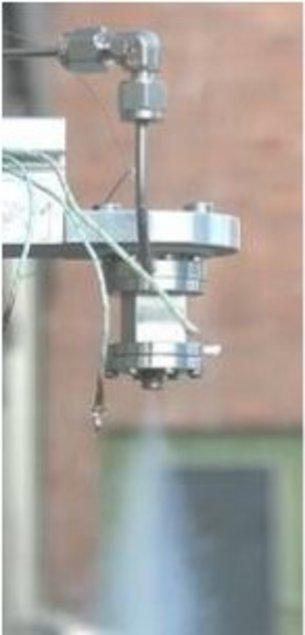Space and advanced technology certainly go hand-in-hand, and additive manufacturing is certainly taking its place among the stars. Well–at least near-space. We’ve seen developments in AM techniques lead to prototypes as well as end-
The European Space Agency has been taking its place in the momentous and still-developing history of space exploration and discovery, including working with 3D printing techniques to develop viable components for use in space. Just last month, the ESA successfully performed “hot fire” trials of a 3D printed platinum combustion chamber and nozzle through work with Airbus Defence & Space. Their work continues as they continue to work toward tried-and-tested components ready to hit the skies–and beyond.
Research funded by the ESA, led by Lecturer in Advanced Manufacturing Dr. Khamis Essa with development work performed by Research Fellow in the School of Mechanical Engineering Dr. Hany Hassanin, of the UK’s University of Birmingham, has now led to confirmed success in further hot fire testing of more newly developed 3D printed components
The research, several years in the making, has developed the world’s first 3D printed ceramic catalyst bed. The 3D printed component works flawlessly with the ESA’s monopropellant based on hydrogen peroxide, which offers a ‘green’ alternative to the previously ubiquitous hydrazine, which is toxic and unstable.
This advanced combination presents an “extremely reactive” catalyst bed that offers substantial potential to enhance the design of catalyst beds, as well as thrusters’ size and performance efficiencies. It also reduces cost and time of production and material waste, all while ‘greening’ the profile of the entire system.
To make the 3D printed catalyst bed thrusters, the researchers pioneered a technique to manufacture and coat complex, high-resolution ceramics. The parts, created with a resolution of less than 100 microns and with a high surface area to unit mass ratio, stood up to performance-ready parameters in testing at high levels, with repeatable results.
“These results are truly impressive,” noted Dr. Essa. “The testing team indicated that they have never seen performance like this. I’m excited about developing such revolutionary new technology and look forward to seeing it make high impacts on the space industry.”
ESA: Schematic cutaway showing advanced thrusters internal design and location, above nozzle, of the monolithic catalyst cell matrix. Note size of thruster compared to 1 EuroCent coin
Tests for the parts were developed by the University of Birmingham team in conjunction with partners at DELTACAT and the University of Southampton. The 3D printed monolithic catalyst beds created using this newly developed technique showed, in several areas, superior results in hot fire testing compared to the ceria pellets catalyst beds used as a baseline.
The catalyst beds produced favorable results in the testing, which, according to the researchers, included testing of the new design with engine performance was a 20N thrust at 700oc, 3.5bar Pressure drop and 909m/s C* with 99% C* efficiency recorded.
Join the discussion on the latest in AM for rockets in the 3D Printed Ceramic Catalyst Bed forum thread over at 3DPB.com.
